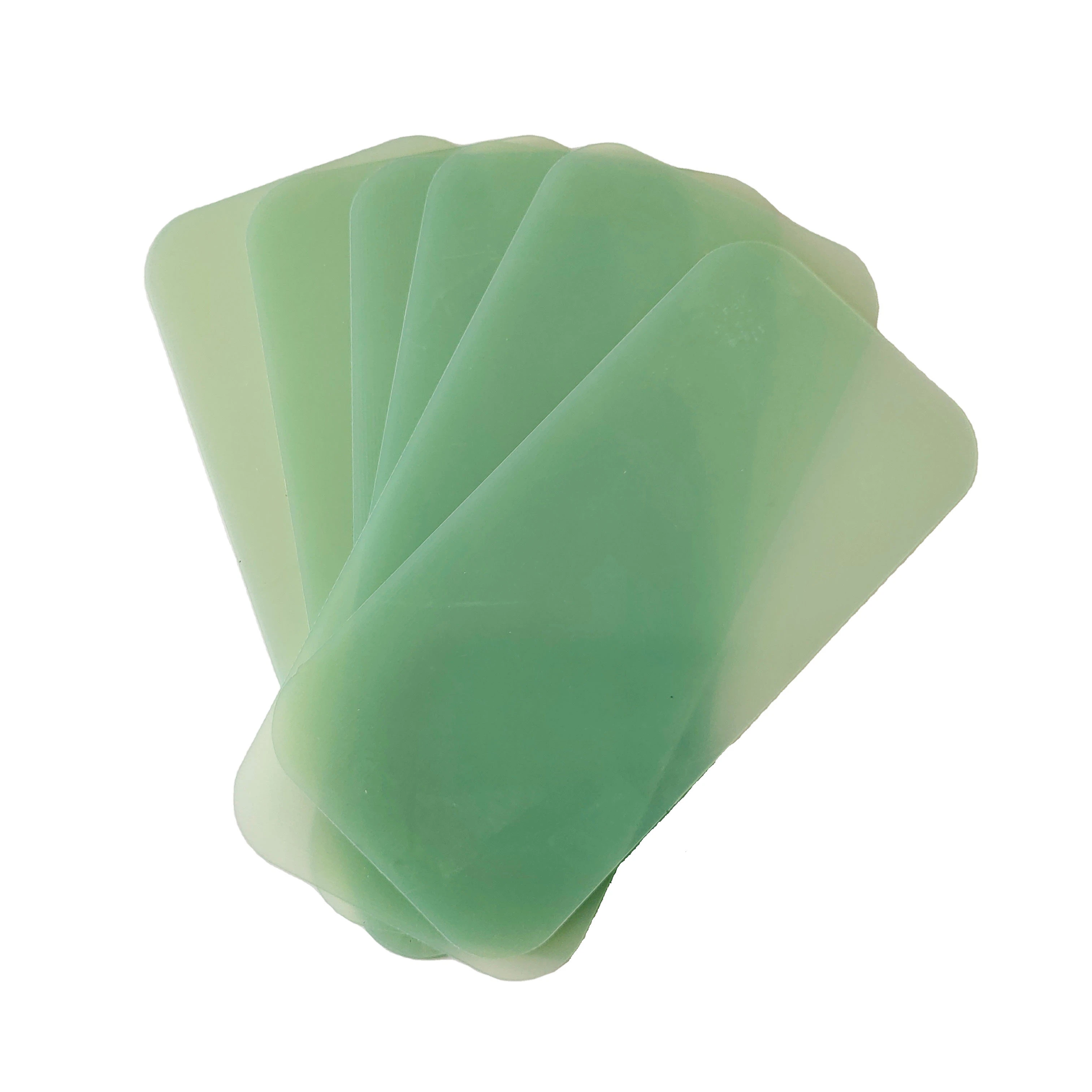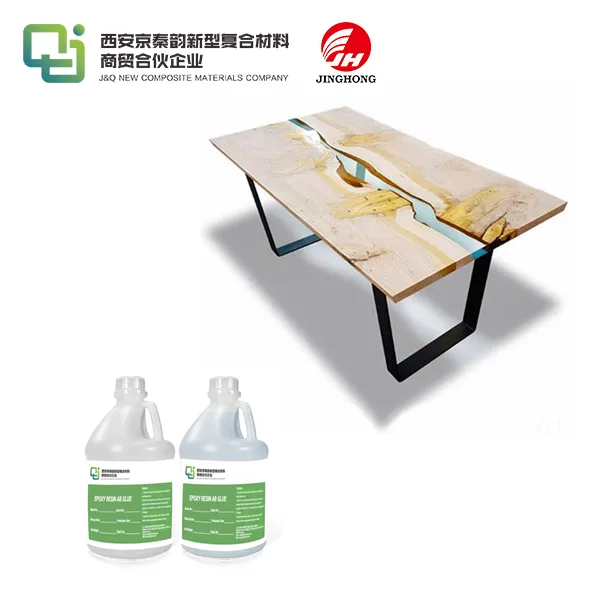The Importance of PCB Substrate Selection in Electronic Product Design
2022-09-26
Many characteristics of PCB are determined by the substrate. Improper selection of substrate will not only affect some properties of products. Such as heat resistance, product operating temperature, insulation resistance, dielectric loss, etc. It may even affect the cost of manufacturing process. Therefore, understanding the characteristics of PCB substrate, selecting the substrate and selecting the substrate reasonably is one of the important contents of pcb design
However, many PCB designers are specialized in circuit design. Some PCB designers believe that the selection of substrate is a matter of PCB manufacturing process, ignoring the important point that design specifications should be selected according to the product assembly process environment. As a result, the designed products cannot meet the process requirements of mass production. The process personnel of the factory sometimes have insufficient knowledge of PCB materials, resulting in improper selection of corresponding welding processes in production, resulting in scrapping of large quantities of products or important welding quality problems
This paper briefly analyzes the characteristics of PCB substrate used in general civil electronic product industry and its applicability to different production processes by citing the problems encountered in actual design projects
Through further understanding of the production process, we know that because this board is a single panel and has the assembly requirements of plug-ins and surface mount devices, the factory has implemented the process of first using reflow soldering to weld surface mount devices, and then using wave soldering. The set temperature of reflow soldering is required to meet the process requirements of lead-free soldering, and the maximum average welding temperature is as high as 239 ℃. The setting of its technological process fully meets the technological standard of lead-free soldering, but ignores the most important factor, which is the PCB material problem. Through careful review of PCB design documents, we learned that the designers chose the FR-1 material with relative cost, considering that the electrical performance that this circuit board needs to meet is relatively simple at the beginning of design. And FR1. It is unable to withstand the high temperature of 217 ℃ and above in the reflow zone of lead-free reflow soldering process for 60 to 80 seconds. In addition, the material itself is easy to absorb moisture, so the popcorn phenomenon occurs. After determining the cause of the problem, Zhoumen adjusted the production process to: single side dispensing, curing, wave soldering to complete the welding of all devices, wherein the red glue curing is achieved by the process of 120 degrees and 120 seconds. The phenomenon of popcorn did not reoccur after trial production
Generally speaking, FR4 sheet is a widely used material in most consumer electronic products, and is also known to most designers and factory technicians. Then we will introduce the types, properties and applicable processes of circuit board substrates commonly encountered by Zhoumen one by one

There are many kinds of substrates used for PCB, and CCL (copper clad laminate) is the main material for PCB manufacturing. According to the types of reinforcement materials used, it is mainly divided into four categories: paper based, glass fiber cloth based, composite based and metal based. In our daily electronic products, paper based and glass cloth based are most commonly used.
Paper substrate is a kind of copper-clad laminate reinforced with fiber paper impregnated with phenolic or epoxy resin. In paper based CCL, the common grades are XPC, XXXPC, FR1, FR2, FR3, etc
Due to the looseness of paper, it can only punch holes, not drill holes in processing. In addition, it has high water absorption, so the general paper substrate is only suitable for making single panel. Due to the large coefficient of thermal expansion in the z direction of paper based substrate, the change of temperature will lead to the fracture of metallized holes and solder joints. It is generally not recommended to use metallized through-hole when selecting such base material for design
In general, the main disadvantages of paper based materials are their poor physical strength, poor impact resistance, poor dimensional stability of materials, unstable dielectric properties and easy damage. Its advantages are its punching machinability, low cost, and the electrical performance can meet the design requirements of general non demanding electronic products. Among them, the punching processability makes the processing economy of paper-based products produced in batches more prominent
In terms of heat resistance, the heat resistance of all paper base material dip welded surfaces with a thickness of more than 1.6 μ m shall meet the process requirement of no abnormality for 5s at 260 ℃, and the heat resistance in air shall meet the test condition of no bubble delamination at 120 ℃ for 30 minutes. Based on the above characteristics, such substrates can generally meet the welding conditions of wave soldering, dispensing and curing. Due to the high temperature and duration of lead-free reflow soldering, such substrates are generally not suitable for reflow soldering
Glass cloth based CCL is a copper clad laminate reinforced with resin impregnated glass fiber cloth. Common standard grades are G10, G11, FR4 and FR5. The standard FR4 epoxy glass cloth fiberboard (FR4 epoxy/E glass fiber) has been used for many years, and is proved to be the most successful material widely used in the circuit board industry. For some products in the high-frequency field, when the ordinary FR4 epoxy glass fiber cloth can no longer meet the product performance requirements, multi-functional high-temperature epoxy resin and polyphthalimide glass cloth have been developed and applied. Other resin materials include bismaleimide modified triazine resin (BT), diphenylene ether resin (PPO), maleic anhydride imine styrene resin (MS), polycyanate resin In terms of reinforcement materials such as polyolefin resin, materials meeting high performance include S glass fiber, D glass fiber, etc
For general electronic products without special requirements, FR4 materials with glass transition temperature of 130 to 140 can be used. The dielectric constant is generally between 4.5 and 5.4. For rigid substrates, the smaller the resin content, the higher the dielectric constant
In order to meet the requirements for high heat resistance of the circuit board, it is necessary to select the epoxy resin material of 170 to 180 ℃. This kind of base material has better dimensional stability, so it is mainly used in BGA, TAB and the design that requires multiple high temperature welding in assembly, such as double-sided surface mounting
In general, rigid FR4 epoxy fiberglass sheet has high mechanical strength, excellent processability and excellent drillability, plus its good dimensional stability, low water absorption and good flame retardancy, making it the most widely used PCB substrate. This material has a high cost performance ratio. Because it has been used for a long time in the industry, its processing process has been regarded as the standard process in the circuit board industry
In terms of heat resistance, its 260 ° immersion welding resistance is maintained at more than 120 seconds, and this kind of base material can generally meet the process requirements of reflow welding, double side reflow welding, wave soldering and adhesive curing
To sum up, different substrates have different properties and parameters and adapt to different process environments. In addition to meeting the electrical performance, designers also need to adopt different design specifications according to the PCB processing and assembly process in order to adapt to different requirements in PCB production and assembly. At the same time, the process personnel in charge of assembly should also fully understand the performance and assembly requirements of PCB materials when formulating process documents, so as to ensure the production of qualified products that meet the design performance requirements and quality requirements







